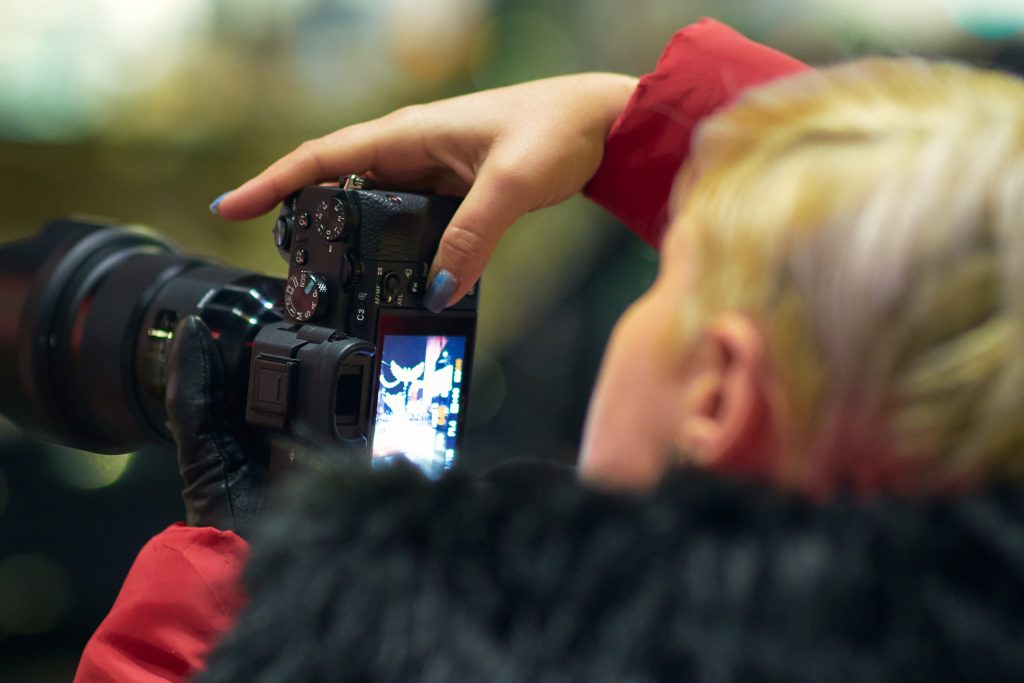
The Benefits of Shooting in Manual Mode

Taking Full Control of Your Photography
Switching to manual mode is a game-changer for photographers looking to elevate their work. While automatic settings can be convenient, they don’t always allow the level of creative control that manual mode provides. Mastering manual mode lets you dictate every aspect of the exposure, giving you the freedom to create images that reflect your vision. Here’s a breakdown of the key benefits of shooting in manual mode and why it’s worth the practice.
1. Control Over Exposure
One of the biggest benefits of manual mode is complete control over exposure. In manual mode, you can independently adjust the aperture, shutter speed, and ISO to achieve a perfectly balanced exposure. This control is especially useful when shooting in challenging lighting situations or aiming for a specific mood. For example, you can increase the shutter speed to freeze motion or lower the ISO to reduce noise in low-light conditions.
Example Scenario: When photographing a landscape at sunset, manual mode allows you to select a slower shutter speed and a smaller aperture to capture both the vibrant colors and crisp details, even in tricky lighting.
2. Greater Creative Freedom with Depth of Field
Aperture settings determine the depth of field in a photo, which is crucial for drawing attention to your subject. With manual mode, you have complete control over the aperture and can easily switch between a shallow depth of field for soft, blurred backgrounds in portraits or a deep depth of field for sharp details in landscape shots. Manual control over depth of field allows you to achieve the exact look and feel you’re envisioning.
Example Scenario: In dance photography, using a wide aperture can create a beautiful, blurred background, making the dancer pop against the softened surroundings.
3. Control Over Motion with Shutter Speed
Adjusting shutter speed lets you decide how movement appears in your photos. A faster shutter speed captures sharp, frozen motion, while a slower shutter speed creates motion blur, which can add drama and energy to images. Manual mode gives you complete freedom to experiment with these effects and capture motion just as you want.
Example Scenario: To capture the graceful motion of a dancer, a slower shutter speed might add a dynamic blur effect to their movement, conveying the flow of the dance.
4. Consistent Results in Different Lighting Conditions
Automatic settings can change quickly based on available light, which may lead to inconsistent results from one shot to the next. In manual mode, you set all the parameters yourself, so you’re not relying on the camera’s automatic adjustments. This consistency is especially important for studio work or extended shoots, where you want each image to have the same lighting and exposure quality.
Example Scenario: For an outdoor portrait session, using manual mode ensures that sudden changes in lighting don’t impact your exposure settings, allowing you to maintain a consistent look and feel.
5. Ability to Handle Challenging Lighting Situations
Manual mode is invaluable in situations where lighting isn’t ideal, such as shooting in low light, high contrast, or backlit settings. With control over ISO, shutter speed, and aperture, you can make precise adjustments to optimize your exposure and capture detail that automatic settings might miss or overcompensate for.
Example Scenario: When shooting in a dimly lit theater, you can increase the ISO and open up the aperture to capture a well-exposed image without losing too much detail to shadows.
6. Improved Problem-Solving Skills
Manual mode forces you to understand the relationship between aperture, shutter speed, and ISO, which are the foundational elements of photography. Over time, you’ll learn how to quickly identify and correct exposure issues, such as reducing noise in low light or adjusting for backlit subjects. This hands-on experience can help you become a more adaptable and skilled photographer.
Example Scenario: In a high-contrast outdoor scene, you’ll know to adjust the aperture or shutter speed to retain detail in both bright and shadowed areas, enhancing your ability to make fast adjustments.
7. A Stronger Connection to Your Camera and Artistic Vision
When you’re in manual mode, you’re more engaged with the creative process. Adjusting settings manually makes you more intentional about each shot, helping you become more attuned to your camera’s capabilities and your creative style. This increased connection can translate into photos that reflect your vision with greater clarity and precision.
Example Scenario: For landscape photography, adjusting exposure and settings manually allows you to capture the exact look and feel of the scene, reflecting the nuances of light and color.
8. Reduced Reliance on Post-Processing
Shooting in manual mode can lead to better-exposed images straight from the camera, which can reduce the need for extensive editing. When you have precise control over exposure, lighting, and other settings, you’re more likely to capture an image that needs only minor adjustments in post-processing, saving you time and preserving image quality.
Example Scenario: An evenly lit portrait with correct exposure and color balance requires less retouching, allowing you to achieve professional results directly from your camera.
9. Enhanced Understanding of Light and Composition
Learning to shoot in manual mode improves your awareness of light and composition, as you begin to see how different settings affect the outcome. This understanding can make a significant difference in your overall technique and the quality of your photos. Over time, you’ll start to notice subtle lighting and compositional changes that enhance your ability to capture stunning images.
Example Scenario: While photographing at golden hour, you can adjust settings to make the most of the soft, directional light, capturing rich colors and details that bring your photos to life.
